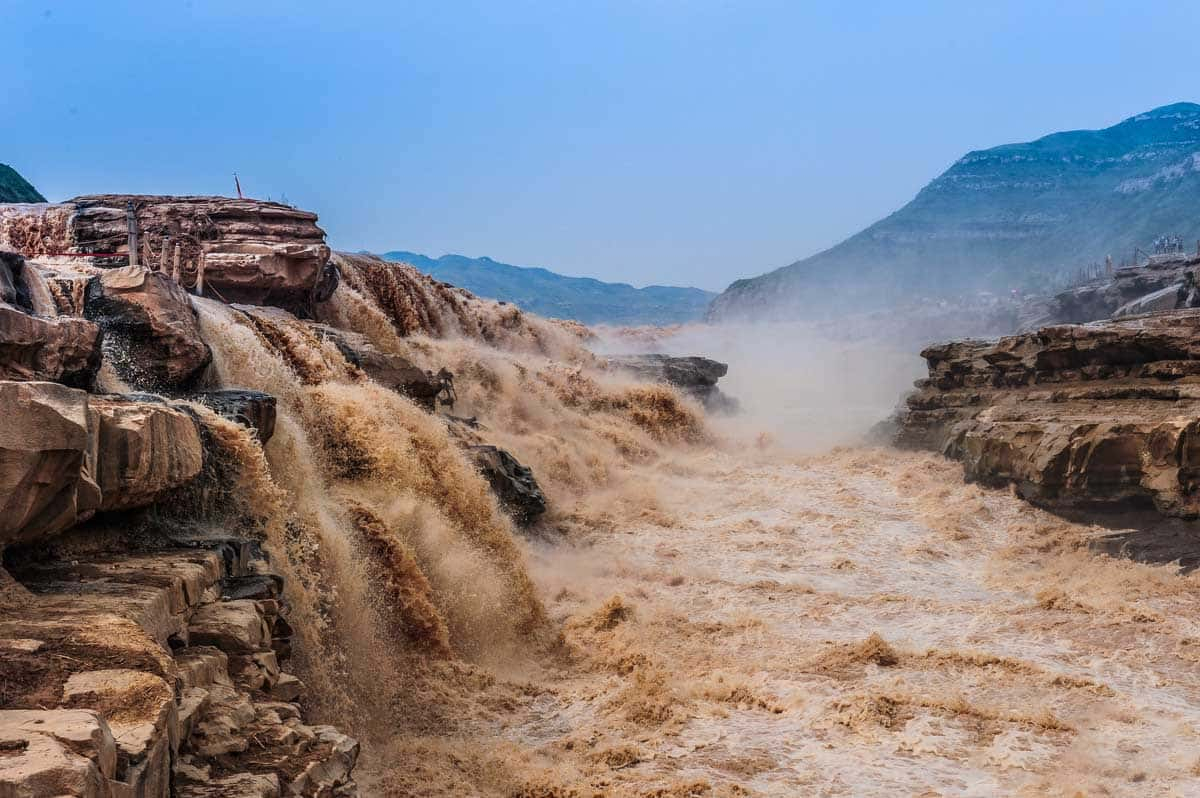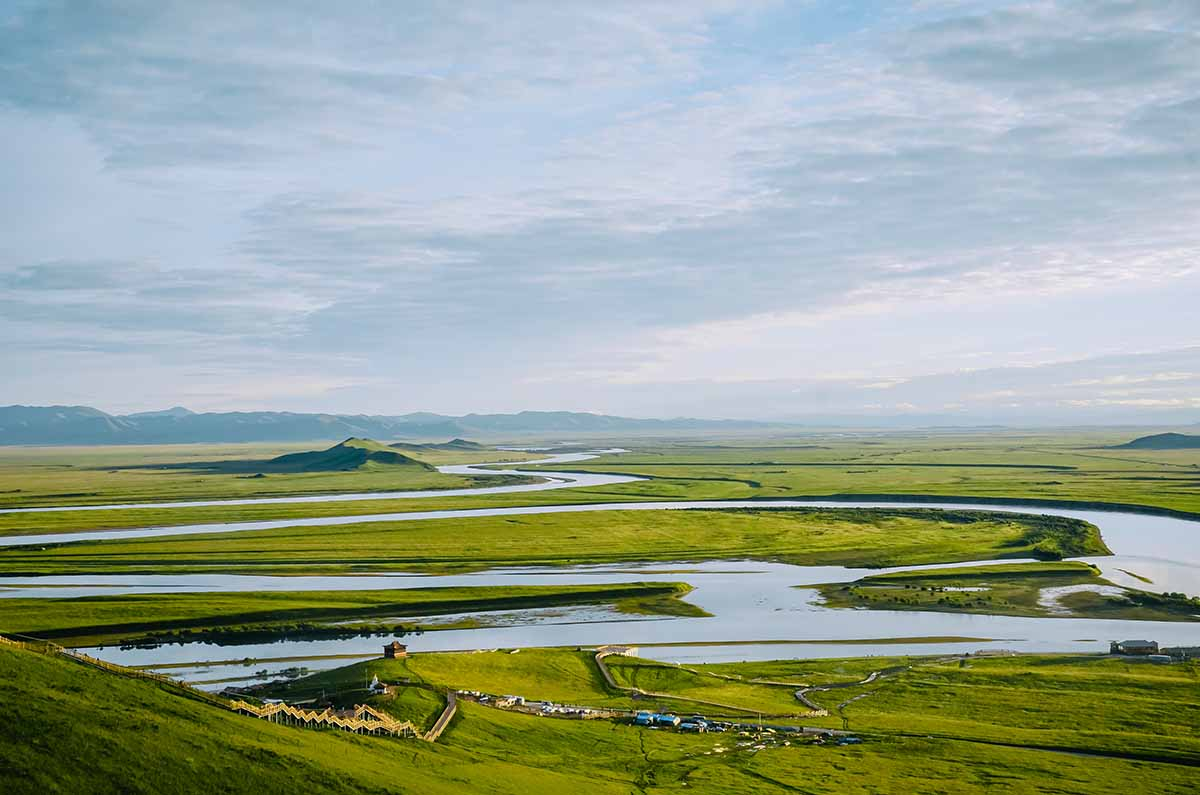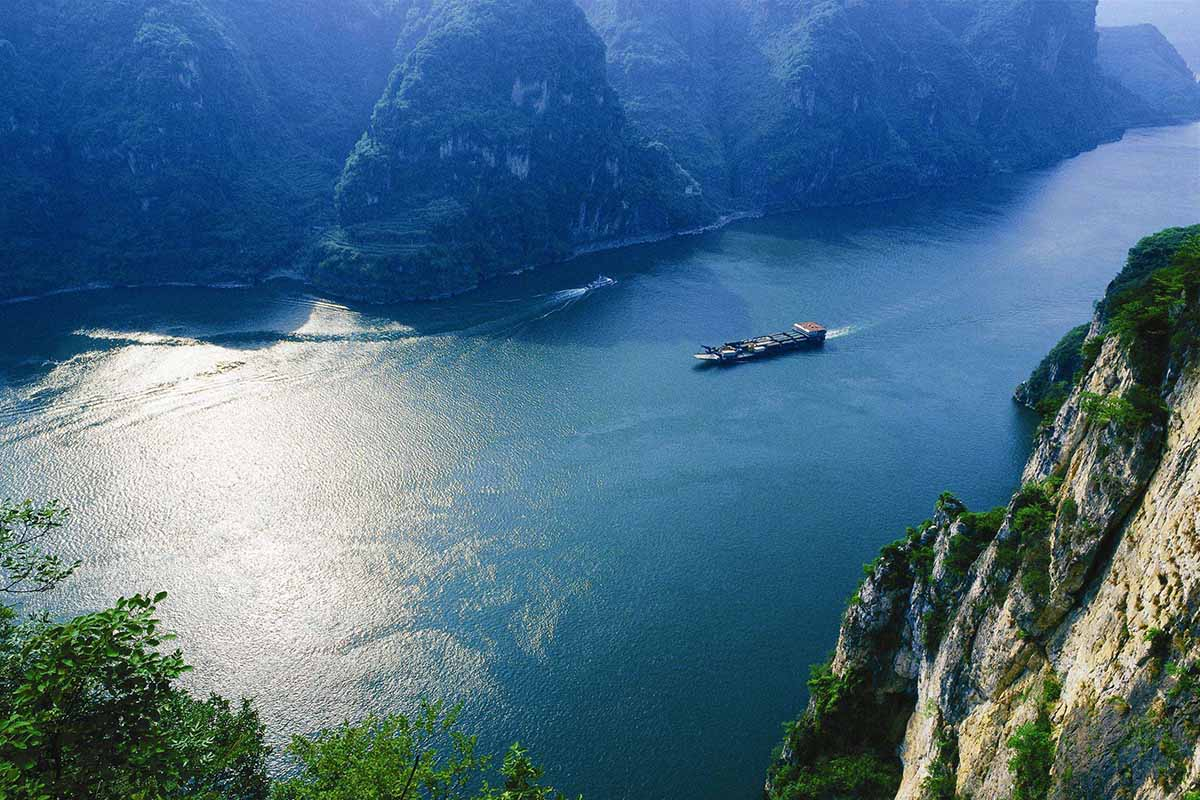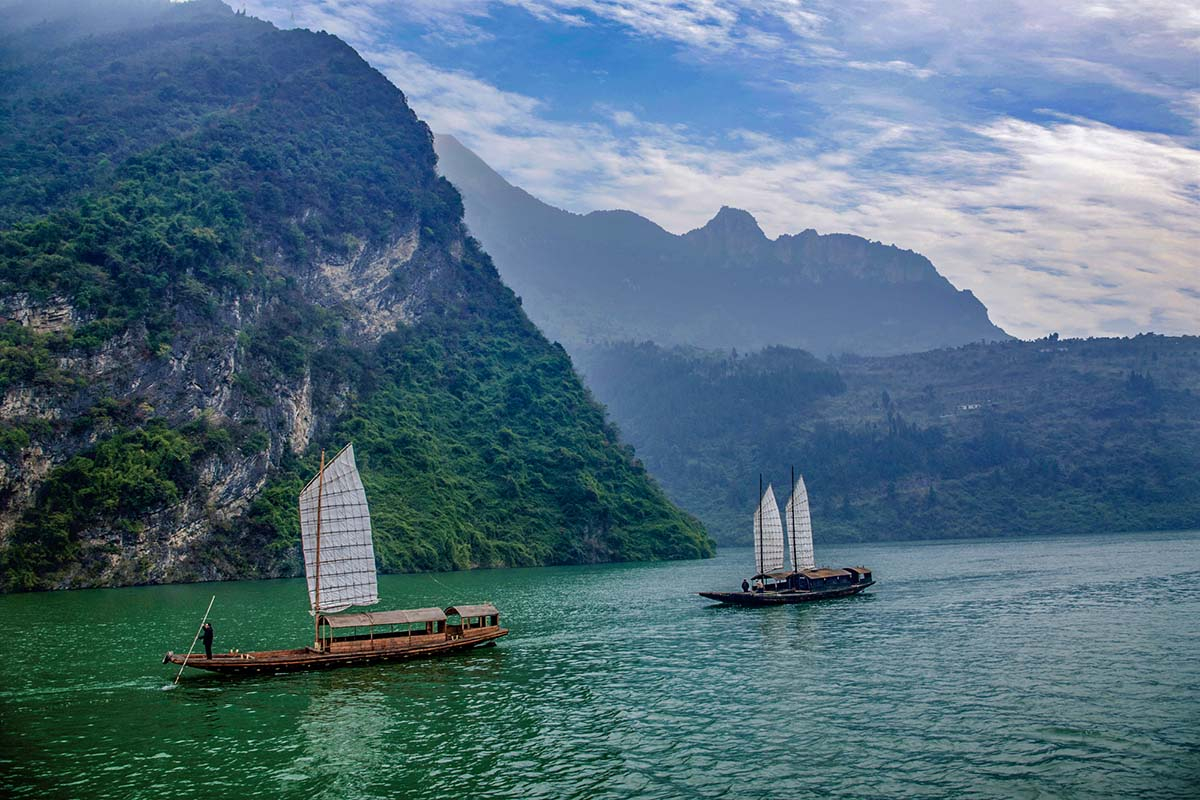Badain Jaran Desert-the most beautiful desert in China
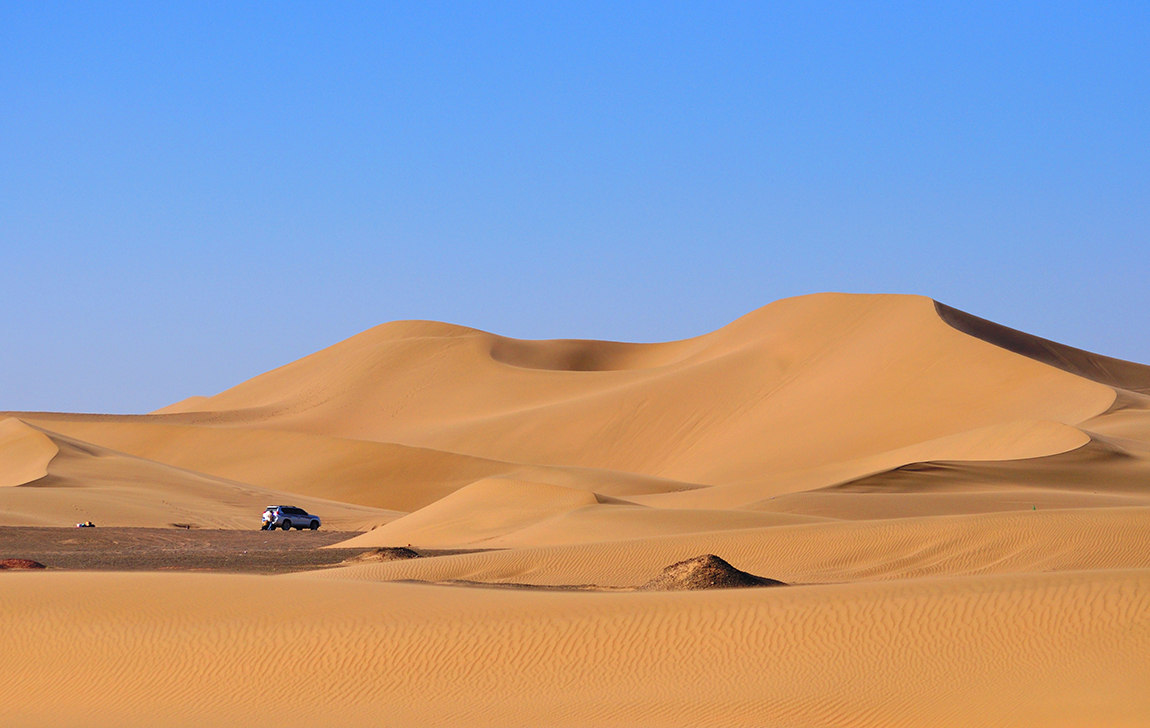
The Badain Jaran Desert is a desert in China which spans the provinces of Gansu, Ningxia and Inner Mongolia. It covers an area of 49,000 square kilometers. By size it is the third largest desert in China.
This desert is home to some of the tallest stationary dunes on Earth, with some reaching a height of more than 500 meters, although most average at around 200 meters. Its tallest dune is also measured, from base to peak, as the world's third tallest dune and highest stationary dune in the world.
The desert also features over 100 spring-fed lakes that lie between the dunes, some of which are fresh water while others are extremely saline. These lakes give the desert its name which is Mongolian for "mysterious lakes". These lakes are not completely studied and high pH lakes harbor extremely interesting animal communities. It is also crossed by one river, the Ruo Shui , which has formed an alluvial plain in the desert.
The Badain Jaran Desert is also considered as the most beautiful desert in China, famous for the world’s tallest sand dune- Bilutu Dune, the world’s largest singing sand area - Baoritaogaile, many lakes and oases including the famous lake - Badain Lake, the magic spring- Yinderitu, and the ancient temple in the isolated desert - Badain Jaran Temple. The strange and charming scenery attracts many people to visit, explore and take photos.
● Lakes
The Badain Jaran Desert is well known for its numerous scattered and colorful lakes. Containing more than 140 lakes they are mainly found in the southern region in the desert. These lakes can easily be found in the larger valleys between large dunes. They are believed to provide the life sustenance in the desert supporting camels, goats and horses which are herded by nomads that travel through the desert. Most lakes also support a green ring of vegetation that populate the close vicinity around the lakes.
Throughout the desert some lakes change color due to large populations of algae, Brine shrimp and mineral formations at different times in year. Evaporation can also allow others to turn into a hypersaline lake forming a salt crust around the rim of the lake.
Although their true sources are still debated it is believed that they are being maintained by underground water streams. Most arid deserts in China are surrounded by mountains that provide water sources, and this is the case with the Badain Jaran Desert. Runoff from the mountains is then collected through gravel deposits and this allows them to run through the desert, providing water sources for the scattered oases.
● Singing Dunes
The Badain Jaran megadunes is one of the few places where a phenomenon known as the "singing sand dunes", "whistling sands" or "booming dunes". This rare occasion emits a sharp, loud noise that can be maintained for more than a minute. Although it is not widely understood it is believed that it is caused by an electrostatic charge that is generated as wind pulls the top layers of sand down a dune slope. This will produce a low pitched rumble that can reach over 105 decibels. The singing dunes will manifest itself by initiating an avalanche of sand down the leeward face of a large dune.
This phenomenon however, does require very specific circumstances in order to generate the sound. They are silent throughout winter when the humidity is being retained in the sand. In the summer however, the booming can be generated but only on a slope of at least 30 degrees or more, on the leeward face of a dune, and the same sand on the shallow, windward side cannot generate any noise. This phenomenon is only shared by around 35 other beaches and deserts around the world.
● Dunes
The Badain Jaran Desert is made up of hundreds of dunes ranging from small to large. Most of the megadunes in the desert average about 400 meters from the base while the rest average around 200 meters. Out of all the megadunes, the Bilutu Peak is the most famous. It towers at 500 meters from the base and is the tallest dune in Asia, . Unlike most of the smaller dunes the Bilutu Peak is stationary which makes it the world's tallest stationary dune.
While the larger megadunes are stationary (with only the top layer of sand shifting), the smaller dunes are constantly shifting according to wind patterns. This makes desertification a problem in surrounding areas as the desert is constantly expanding.
